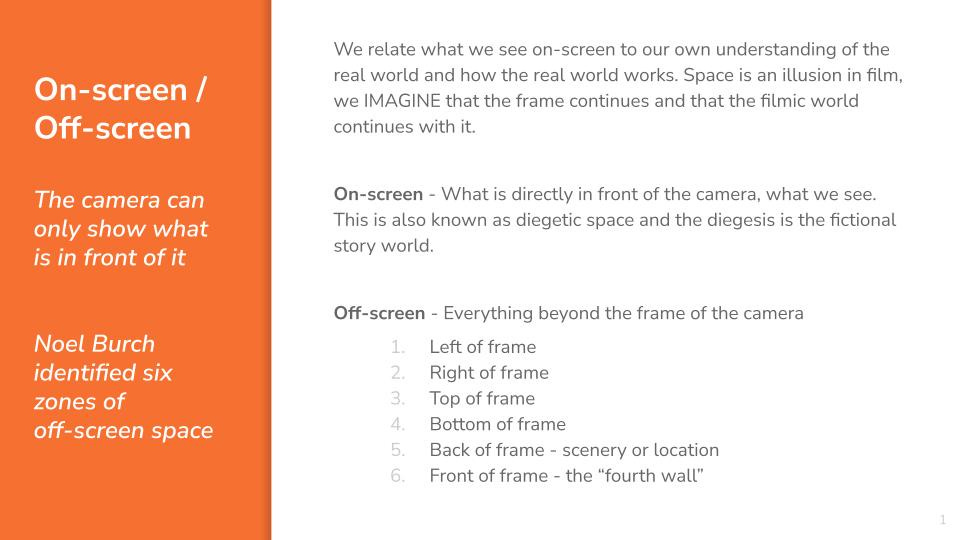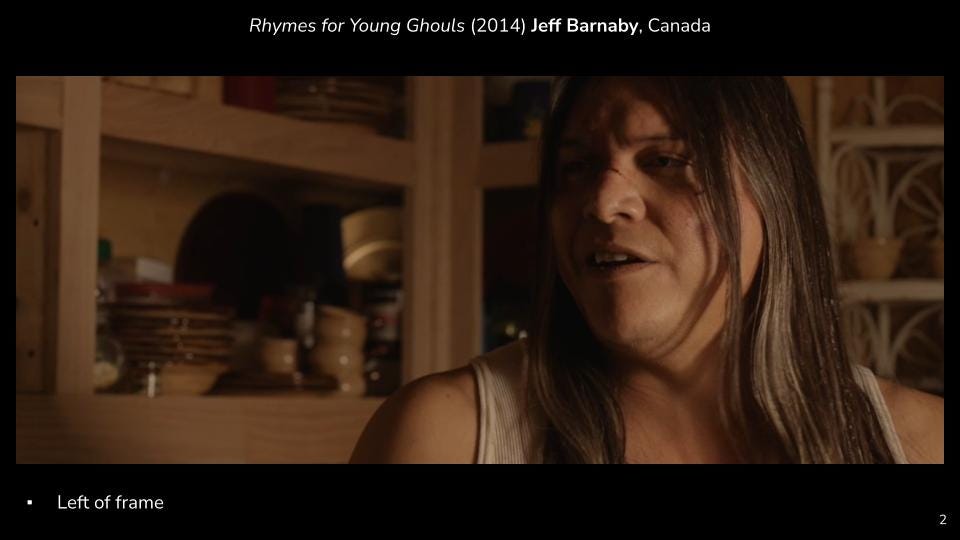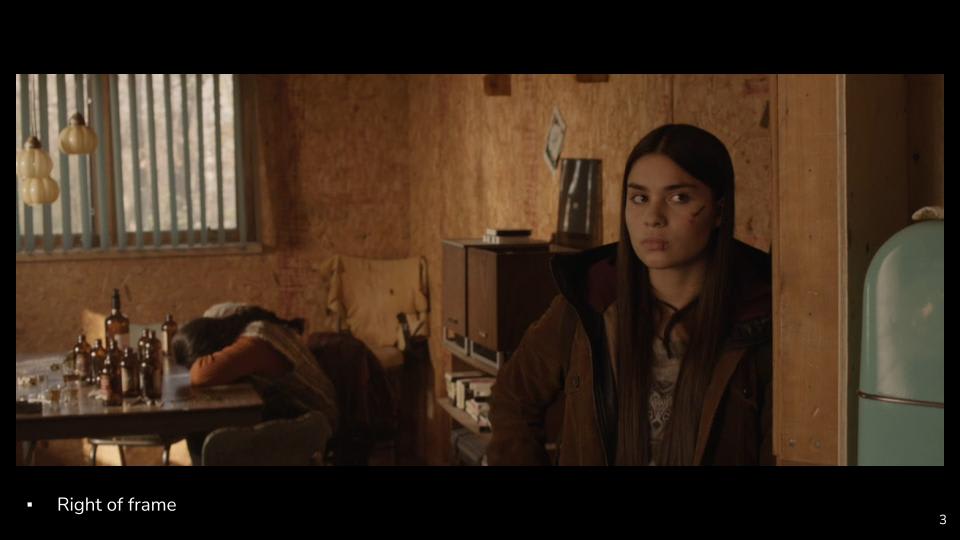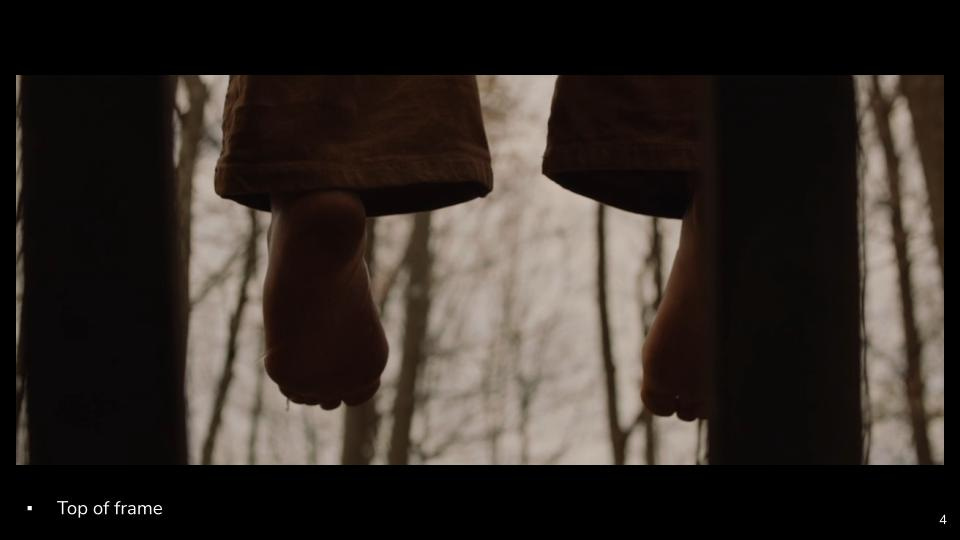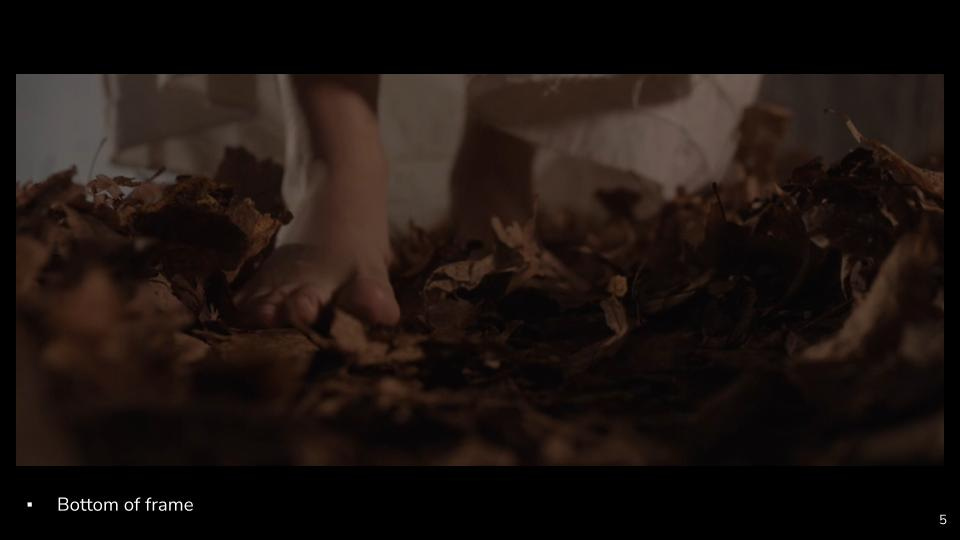It’s about what you perceive beyond the frame.
When I was a film student Noël Burch’s ideas on cinema were a central focus for several of my professors and, so, I read his Theory of Film Practice (1981). A key contribution from Burch is the idea of off-screen space. Burch's pioneering ideas challenge us to consider the unseen space just off-camera, as an integral part of storytelling and creating meaning within a text. I like to focus on a simplified version of Burch’s ideas with high school students to encourage them to pay attention to the world they are creating in their films, every aspect of it, the geography of it, the sound of it - the world of it…
The Essence of Off-Screen Space
Burch invites us to think of the film frame not as a boundary but as a window to a larger world. The space beyond the frame isn't empty; it's filled with potential narratives, emotions, and meanings, waiting to be activated by the viewer's imagination. This concept encourages a more active form of viewership, where the audience participates in constructing the film's world beyond what is directly shown.
In practice, filmmakers can suggest the existence of this off-screen space through various techniques: the sound of footsteps approaching from an unseen corridor, a character's gaze directed towards something off-camera, or the shadow of an object moving across the scene. Such techniques enrich the narrative and invite viewers to engage more deeply with the film, piecing together the unseen elements to form a fuller understanding of the story's environment.
Exploring Off-Screen Space
I chose images from Jeff Barnaby’s Rhymes for Young Ghouls (2014). Set against the backdrop of the fictional Red Crow Mi’kmaq reservation in 1976 where Aila, a teenager, fights back against government agents who brutally impose their control over the reservation. These visuals are a gateway into the story's landscape, offering a glimpse into the expansive world Barnaby invites us to co-create in our imagination.
By conducting a detailed analysis of blocking, focus, depth of field, lighting, and proxemics, it's possible to reveal how various film elements work together to extend the narrative space beyond what is visible within the frame. The exploration goes beyond merely identifying the techniques employed; it's about comprehending their effect on the storytelling. This understanding enables students to recognize complex concepts related to ideas of time and space and the cultural context interwoven into the narrative.
Bringing this into the classroom:
I like using a film the students know to challenge their initial reading of the text, but introducing an unfamiliar title works equally well.
Select a familiar film - Choose a film known to your students for a closer look at its use of off-screen space.
Identify & explore - Pinpoint examples where off-screen space enhances the narrative. Discuss its implications and the unseen elements it suggests.
Possible Guiding Questions
What might the unseen elements suggest about the characters' inner lives in the world they inhabit?
How does off-screen space influence our understanding of the story's broader context?
How do these techniques contribute to building suspense or deepening the narrative?
Expanding the assignment
There are several ways to expand this idea into a practical concept;
Map the physical world of the film - Following the off-screen exploration, invite students to create a comprehensive map of the film’s world, using scenes to substantiate their reasoning.
Go beyond the frame - Choose a film frame, place it in the middle of a large piece of paper or on a whiteboard, and prompt students to sketch out what is beyond the fame. Have them incorporate sound descriptions for a full sensory exploration.
Create a soundscape - Ask students to create a soundscape for a specific scene, focusing on what might be happening off-screen.
Practical film applications
As students plan their next short film exercise include a specific restriction related to off-screen space as part of the requirements for making the film.
Examples of possible restrictions are:
Muted conversation - Include an off-screen muted conversation that we (the viewer) are never privy to.
Break the fourth wall - The film must include a moment of breaking the fourth wall that is not comedic.
Unseen Narrator - Incorporate a narrator whose presence is felt, never seen, or directly acknowledged.
Silent Actions - Include a pivotal action or event that occurs off-screen, impacting the on-screen narrative without being shown.
Exploring the six potential off-screen areas in a film familiar to the students significantly boosts their engagement with the content while also honing their analytical skills. Integrating some of these concepts into their subsequent practical film project propels them to the next level of filmmaking.




